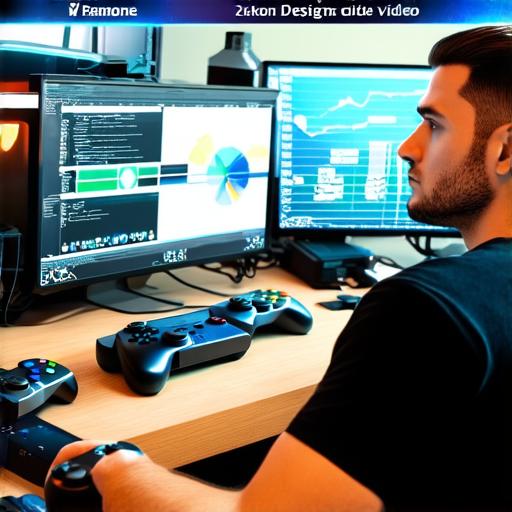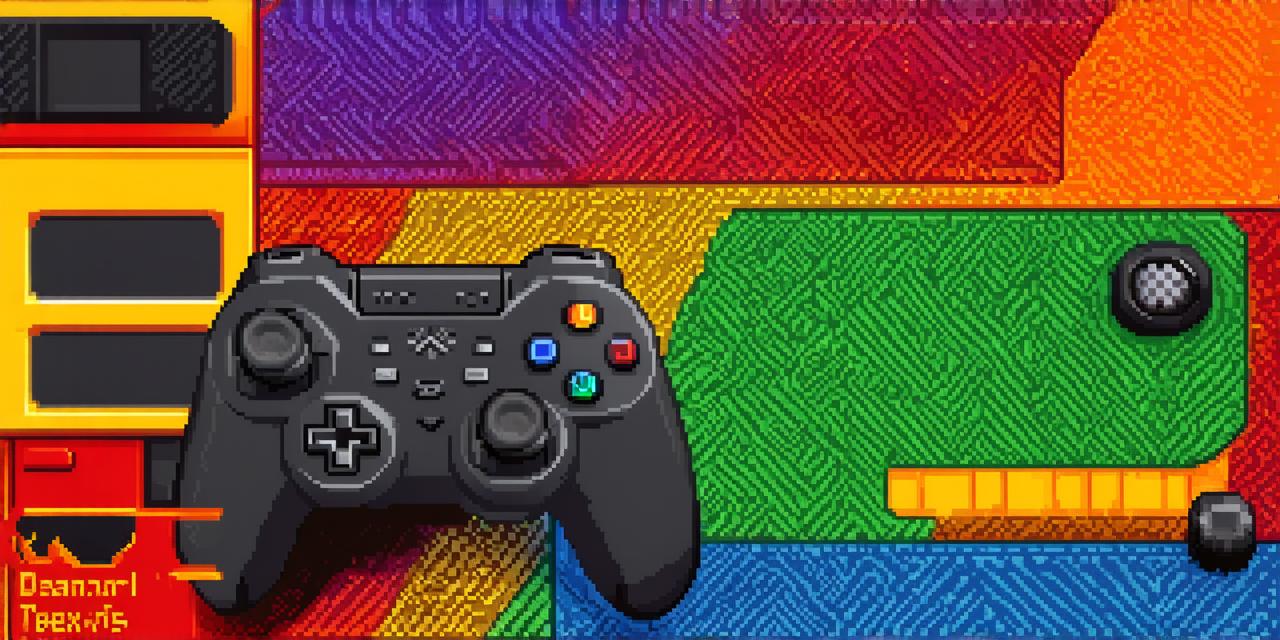Step 1: Define Your Concept
The first step in designing a video game is to define your concept. This involves brainstorming ideas, researching similar games, and identifying what sets your game apart.

Some questions to ask yourself include:
- What type of game do you want to create? (e.g., adventure, puzzle, strategy)
- Who is your target audience?
- What makes your game unique or different from others?
- How will players progress through the game?
- What challenges or obstacles will they face?
By answering these questions, you can begin to develop a clear concept for your game.
Step 2: Create a Game Design Document (GDD)
Once you have defined your concept, it’s time to create a game design document (GDD). This is a detailed blueprint that outlines the key aspects of your game, such as storyline, characters, levels, and mechanics. The GDD should also include information on the target audience, budget, and timeline for development.
Step 3: Choose Your Game Engine
The next step is to choose your game engine. A game engine is a software program that provides the tools and resources needed to develop a video game. Some popular game engines include Unity, Unreal Engine, and Godot. When choosing a game engine, consider factors such as ease of use, cost, and compatibility with your development platform.
Step 4: Develop Your Game Mechanics
The game mechanics are the rules and systems that govern how the game works. This includes everything from player movement and combat to AI behavior and level design. It’s important to develop a solid set of game mechanics early on in the development process, as they will form the foundation for the rest of the game.
Step 5: Create Your Characters and Levels
With your game mechanics in place, it’s time to start creating your characters and levels. This involves designing the visual and audio elements of the game, as well as writing the story and dialogue for the characters. It’s important to create a cohesive and immersive world for your players to explore.
Step 6: Test and Refine Your Game
Once your game is complete, it’s important to test it thoroughly to identify any bugs or issues that need to be addressed. This involves playtesting the game with real players to gather feedback and make adjustments as needed. It’s also a good idea to seek out professional reviewers and critics to provide constructive criticism and guidance for improvement.
Step 7: Publish and Promote Your Game
The final step in designing a video game is to publish and promote it. This involves submitting your game to various platforms such as Steam, the App Store, or Google Play, and creating a marketing campaign to attract players. It’s important to have a strong online presence, including a website, social media accounts, and a press kit, to effectively reach your target audience.
FAQs:
How long does it take to design a video game?
The time it takes to design a video game can vary greatly depending on the complexity of the game and the resources available for development. However, as a rough estimate, it can take anywhere from a few months to several years to complete a video game.
How much does it cost to develop a video game?
The cost of developing a video game also varies greatly depending on factors such as the size of the team, the complexity of the game, and the resources available for development. However, as a rough estimate, the cost can range from a few thousand dollars to several million dollars.
What are some common mistakes to avoid when designing a video game?
Some common mistakes to avoid when designing a video game include overcomplicating the mechanics, not testing the game thoroughly enough, and not promoting the game effectively.
